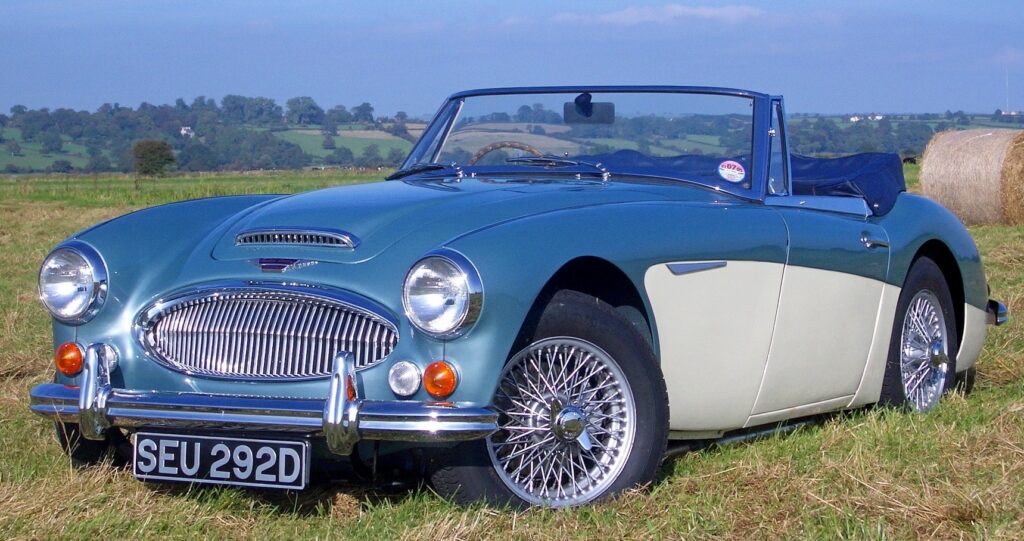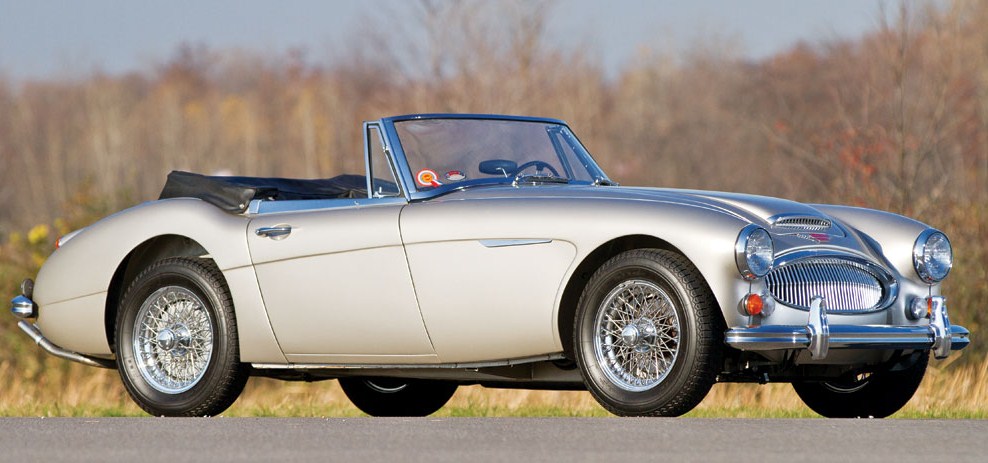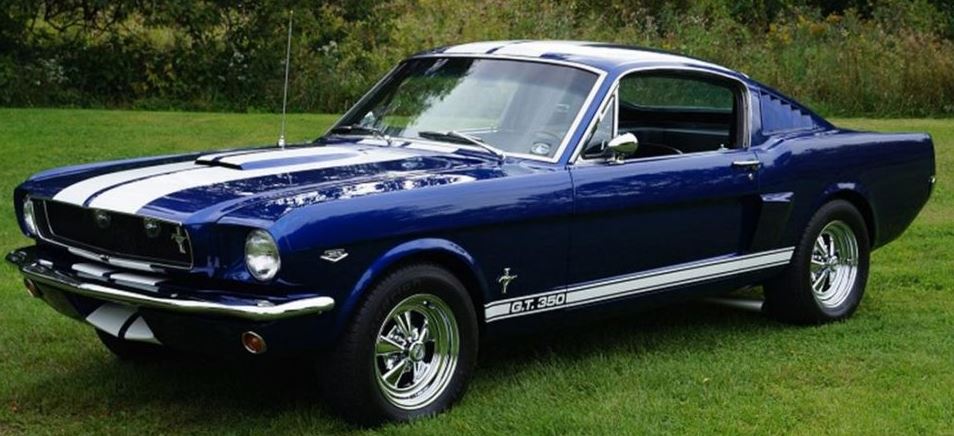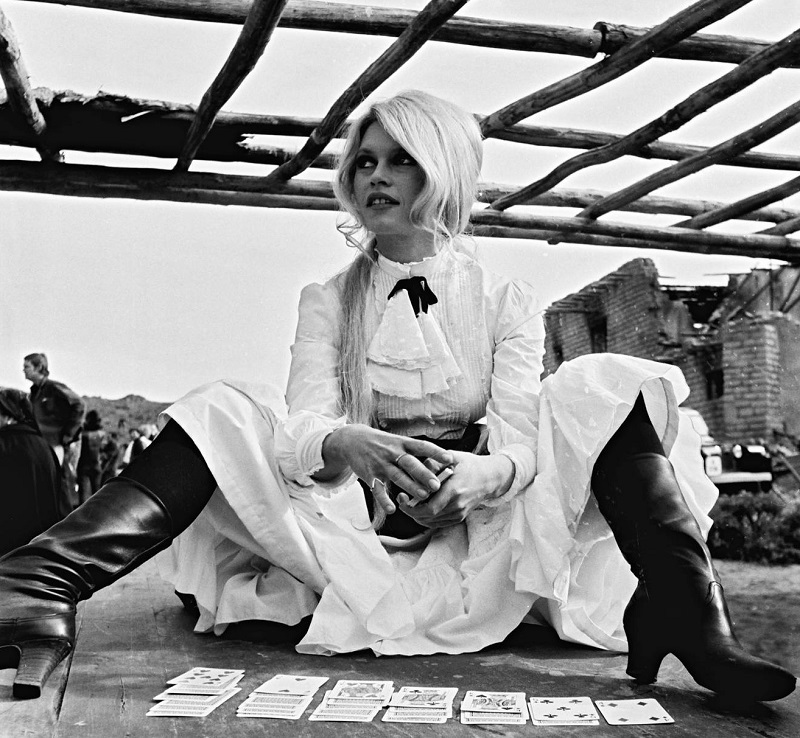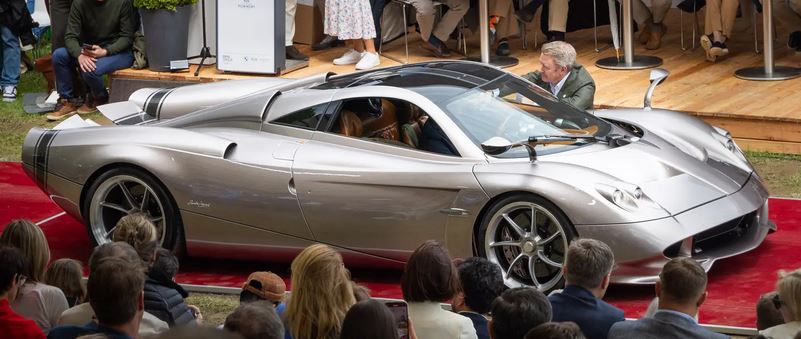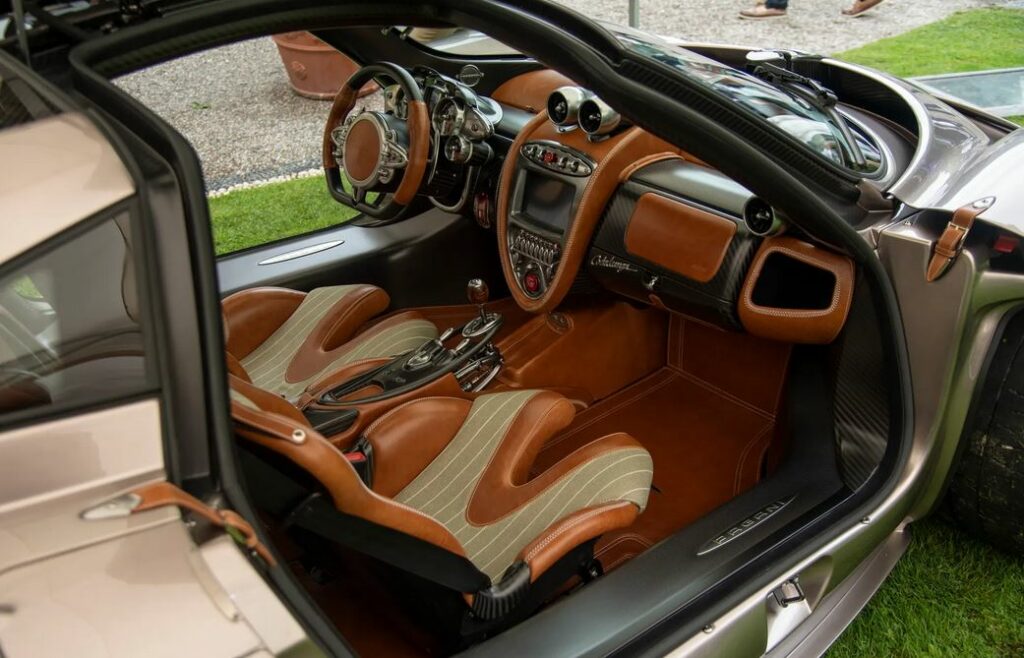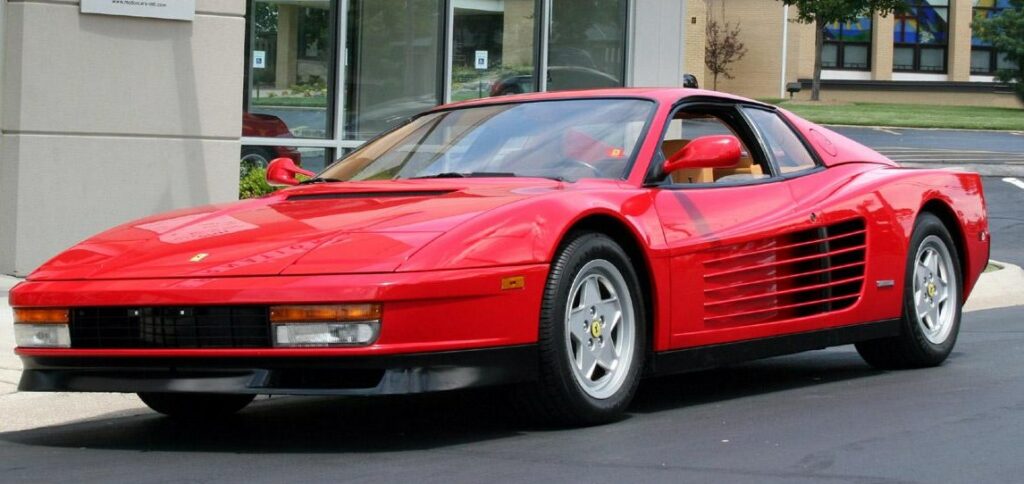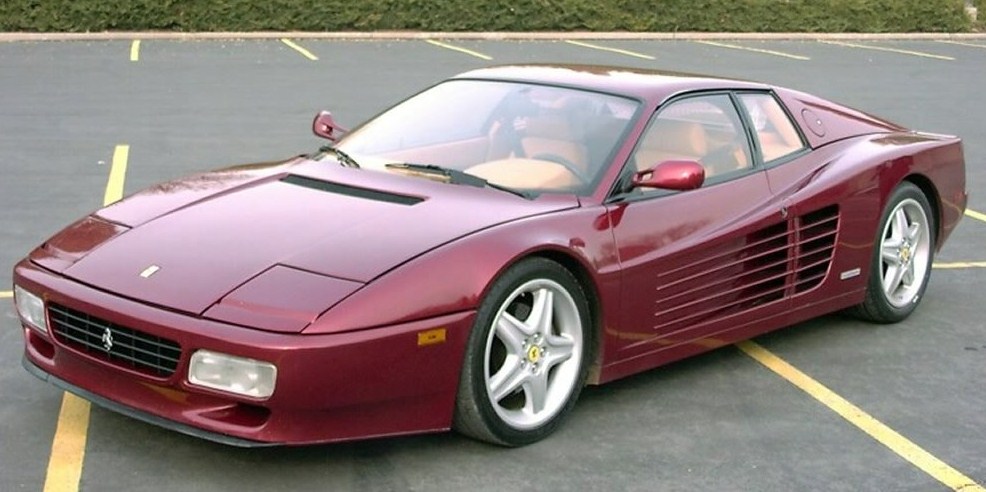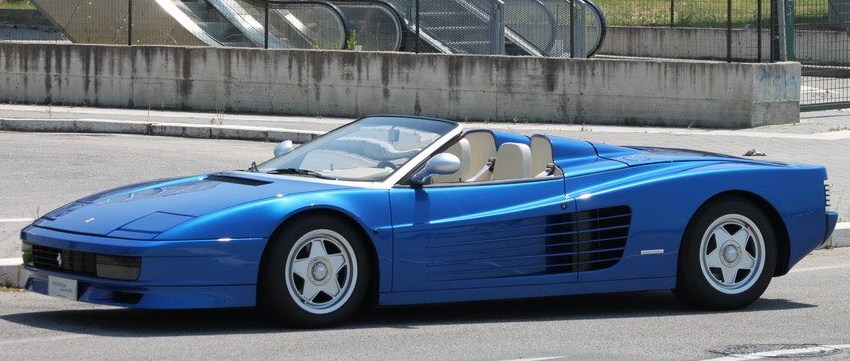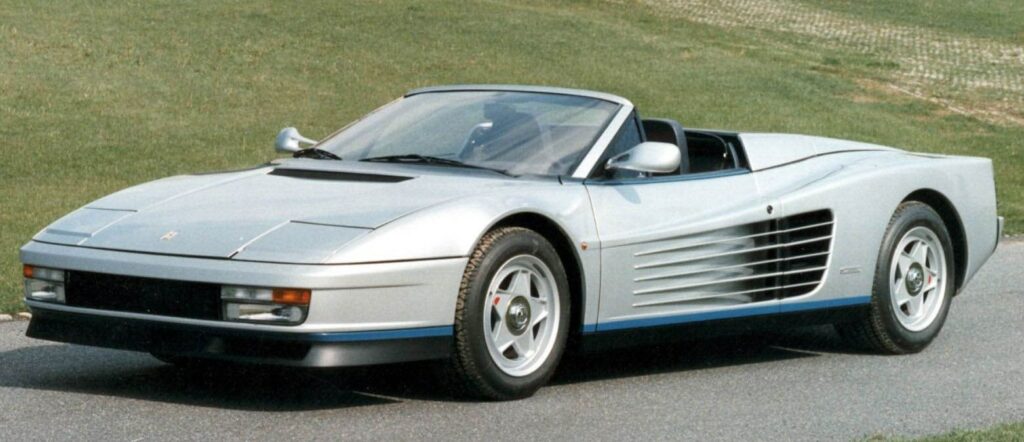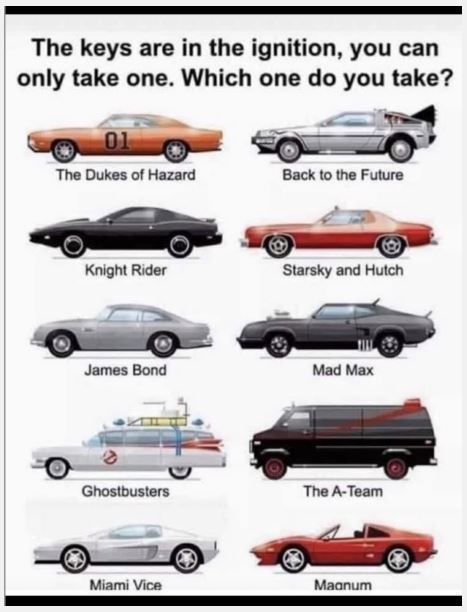I almost, but not quite had a Red Cloud Of Blood (RCOB) moment when I saw this little piece of snot:
 The biggest automaker in the world is reportedly working on an electric vehicle prototype that mimics the feel of driving a manual transmission, complete with a gear shift that’s not connected to anything and a floor-mounted speaker to pipe in fake engine noises. The car will even pretend to stall out if you fumble the controls — in order to deliver drivers the complete experience of driving a manual car.
The biggest automaker in the world is reportedly working on an electric vehicle prototype that mimics the feel of driving a manual transmission, complete with a gear shift that’s not connected to anything and a floor-mounted speaker to pipe in fake engine noises. The car will even pretend to stall out if you fumble the controls — in order to deliver drivers the complete experience of driving a manual car.
…in other words, turning their already-shit cars into the automotive equivalent of a RealDoll.
Here’s my thought on the matter: what with the Kardashians, CNN and Gavin Newsom (to name but some examples), I think we’ve got all the fake shit we need around here.
The thing that stopped me from a full-blown RCOB and made this just a Tut-Tut Moment was the recollection that I’m never going to own or even drive an electric car, ever. It would be like Macy’s announcing that they’re going to be selling onion-flavored toffee — nauseating, yes; but I never shop at Macy’s, I’m not in the toffee market, and am therefore unaffected.
And as for a “gear shift that’s not connected to anything”, I can think of no better description of Joe Biden.
